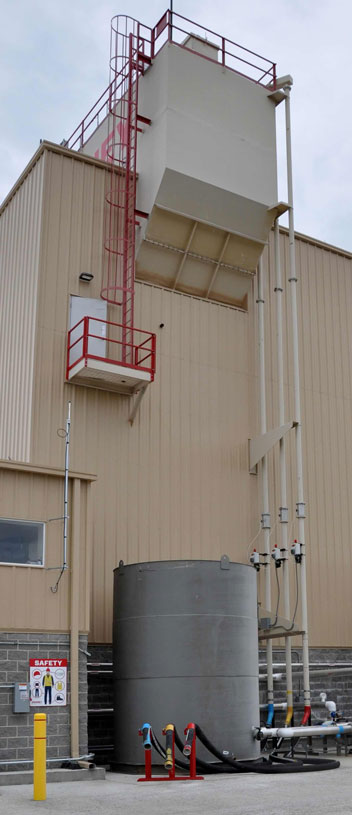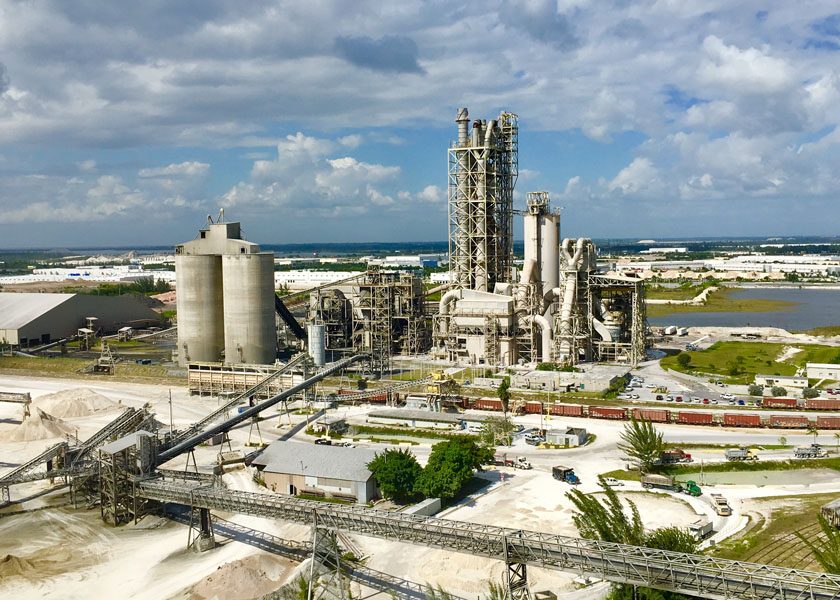Heidelberg Materials reconfirmed its 2030 carbon reduction targets, submitting them to the Science Based Targets Initiative (SBTi) for validation in line with the recently announced 1.5°C scenario.
The company has actively contributed to the development of the new 1.5°C framework and, in 2019, was the first in the cement sector to have its then targets endorsed by the SBTi.
In May 2022, Heidelberg Materials established the most challenging scope 1 carbon reduction target in the cement sector globally, aiming to reduce specific net CO2 emissions to 400 kg/t of cementitious material by 2030. On top of accelerated conventional CO2 reduction measures, the company has already launched eight CCUS projects. With those, Heidelberg Materials is taking big steps forward in the field of carbon capture, a prerequisite for cement companies to achieve net zero.
“We welcome the SBTi’s new Cement Science Based Target Setting Guidance, ” said Dr. Nicola Kimm, chief sustainability officer and member of the Heidelberg Materials managing board. “It is critical for the building materials sector to drive decarbonization in line with scientific evidence – and the new framework is a useful tool to increase transparency. We have now submitted all required information on our scope 1, 2, and 3 near-term reduction targets and look forward to receiving positive feedback from the SBTi.”
The Cement Guidance is the world’s first framework for companies in the cement sector to set near- and long-term science-based targets in line with the Paris Agreement’s goal to limit global temperature increase to 1.5°C above pre-industrial levels. It provides a detailed understanding on how to set meaningful targets and deal with processes that are specific to the cement and concrete sector.



